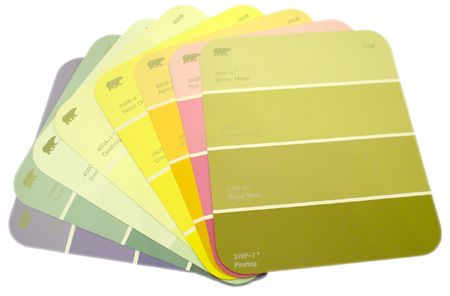
When I’m caulking I always need something to tool the caulk with besides my finger. It has to be bendable, but stiff enough to hold its shape, shapeable with my finger as I’m pulling the line, moisture resistant so it doesn’t get saggy from the caulk, cutable with sizzors, disposable because I’m not going to even try to clean it, plentifcul so I can have a fresh tool for each line and free. Paint sample chips work like a charm and some of the corners are precut with radius corners.



























View Comments
That's a good one. Type in my name at the top search bar,
Vincent C Pirrone, and look at free caulk tool. I sent it in back about five years ago. Also a good one.
Keep up the good suggestions.
Using calking compound can be messy, even for us in the professional trades. The most common of errors is that the tube is cut back too far.
When starting, cut the SMALLEST opening you can, barely enough to insert a piece of stripped wire or coat hanger to puncture the inner seal. Also, make the cut at about a 45 degree angle, not perpendicular to the tube.
After you puncture the inner seal, grab a pair of pliers and crimp/crush the plastic tube at about the halfway point, and continue doing so to the cut end. This will give you a very fine point of delivery, and the squeezed 45 deg. point allows you to caulk even the tightest corner joints.
Using this method allows a nice clean caulk joint, and quite often no tooling is needed. Once this process is mastered, you will find no need for "caulking tools". In my opinion, they are a waste of time and money anyway. If you are spending time cleaning up the excess, you probably applied too much to begin with!
this is a useful product
perfect stuff
looks pretty neat
Great stuff
Amazing Creativity!!!
That's a good one
Thanks for suggestions
Thanks for sharing
Nice Stuff
Cool collection
Superb Collection.Keep it up.
Thank you for sharing this information about caulking tool mate.
Amazing Collection, looking good!
Superior one!
Great paulrandall fine suggestion
Different design idea are very creative and inspiring!
Its good and different stuff